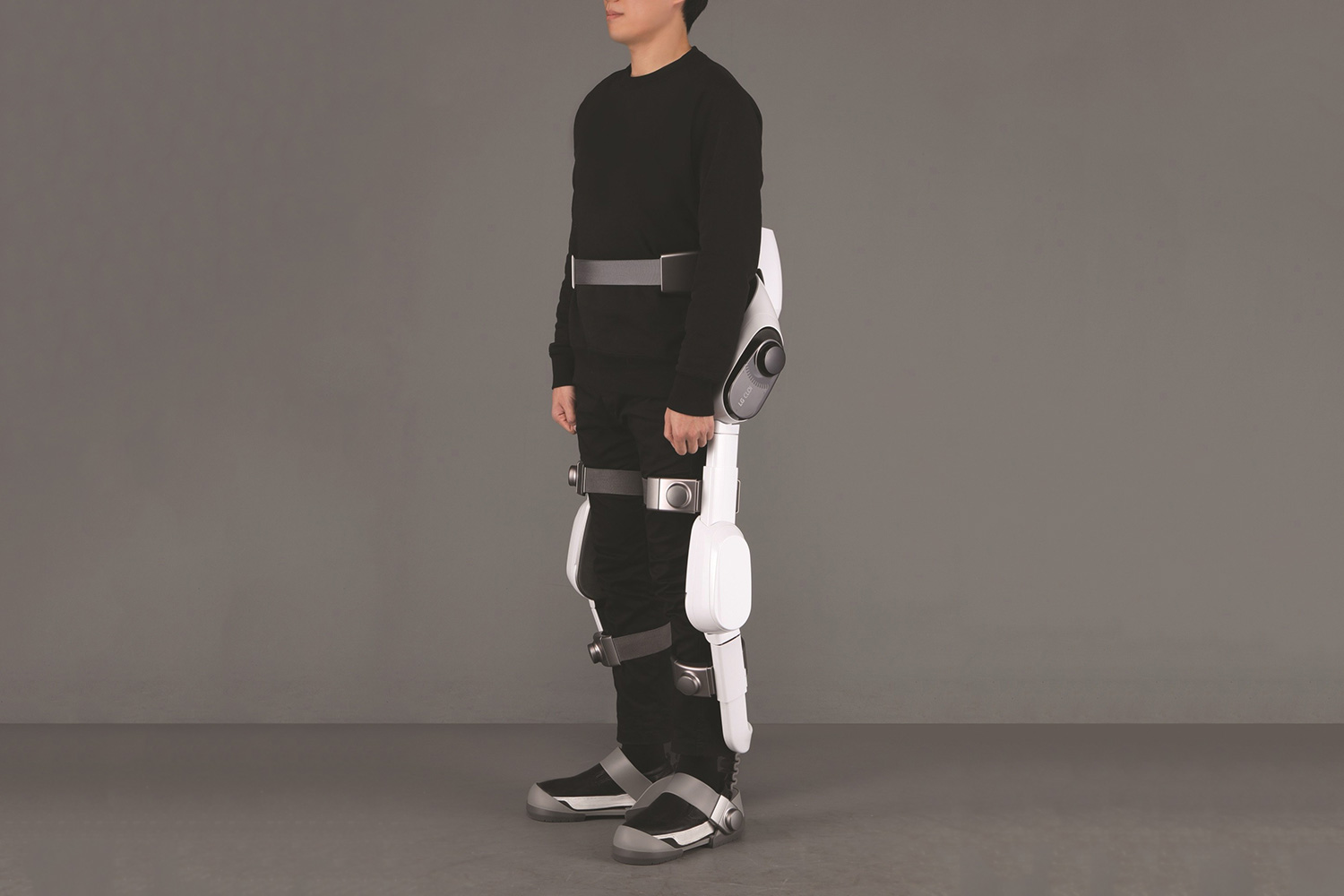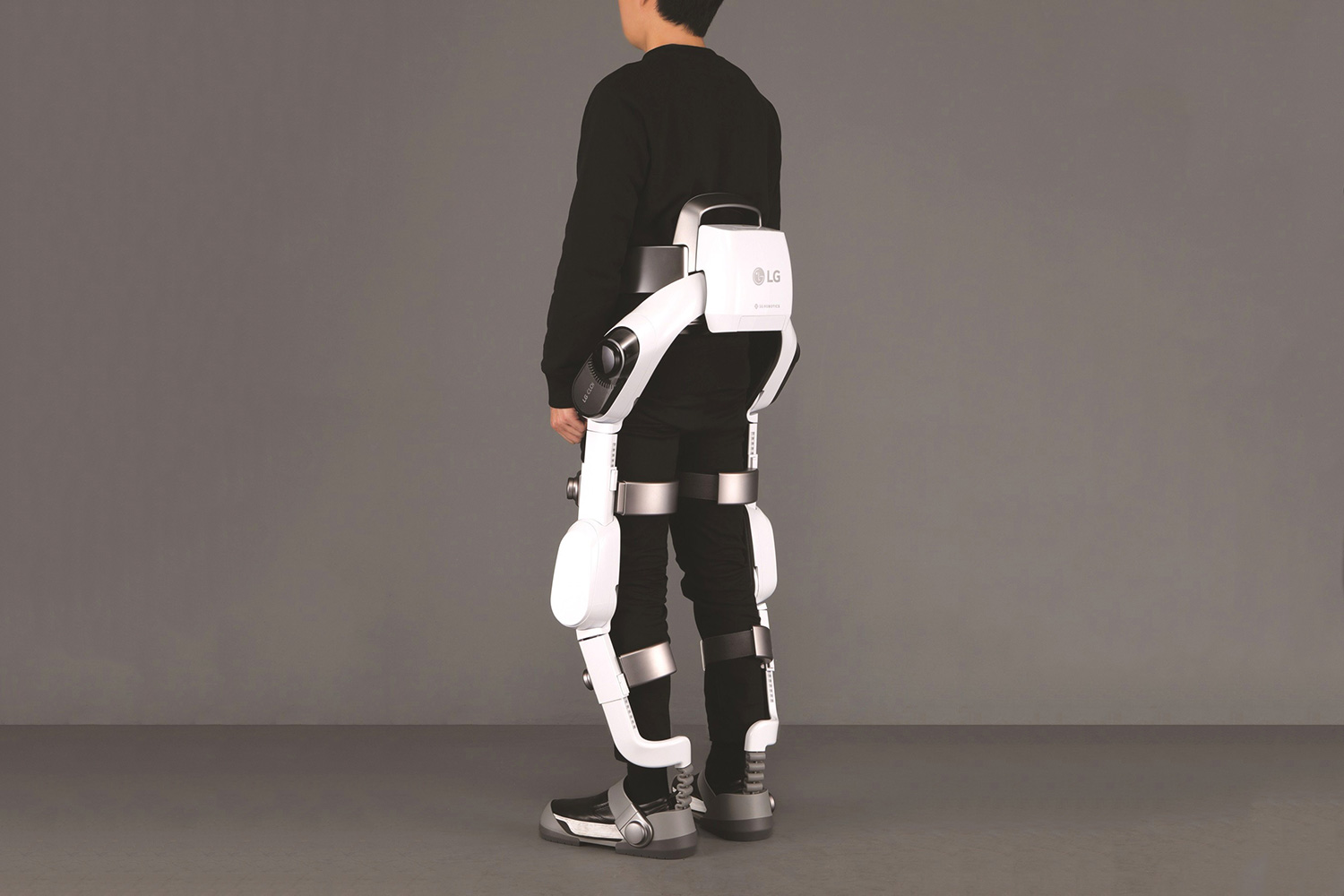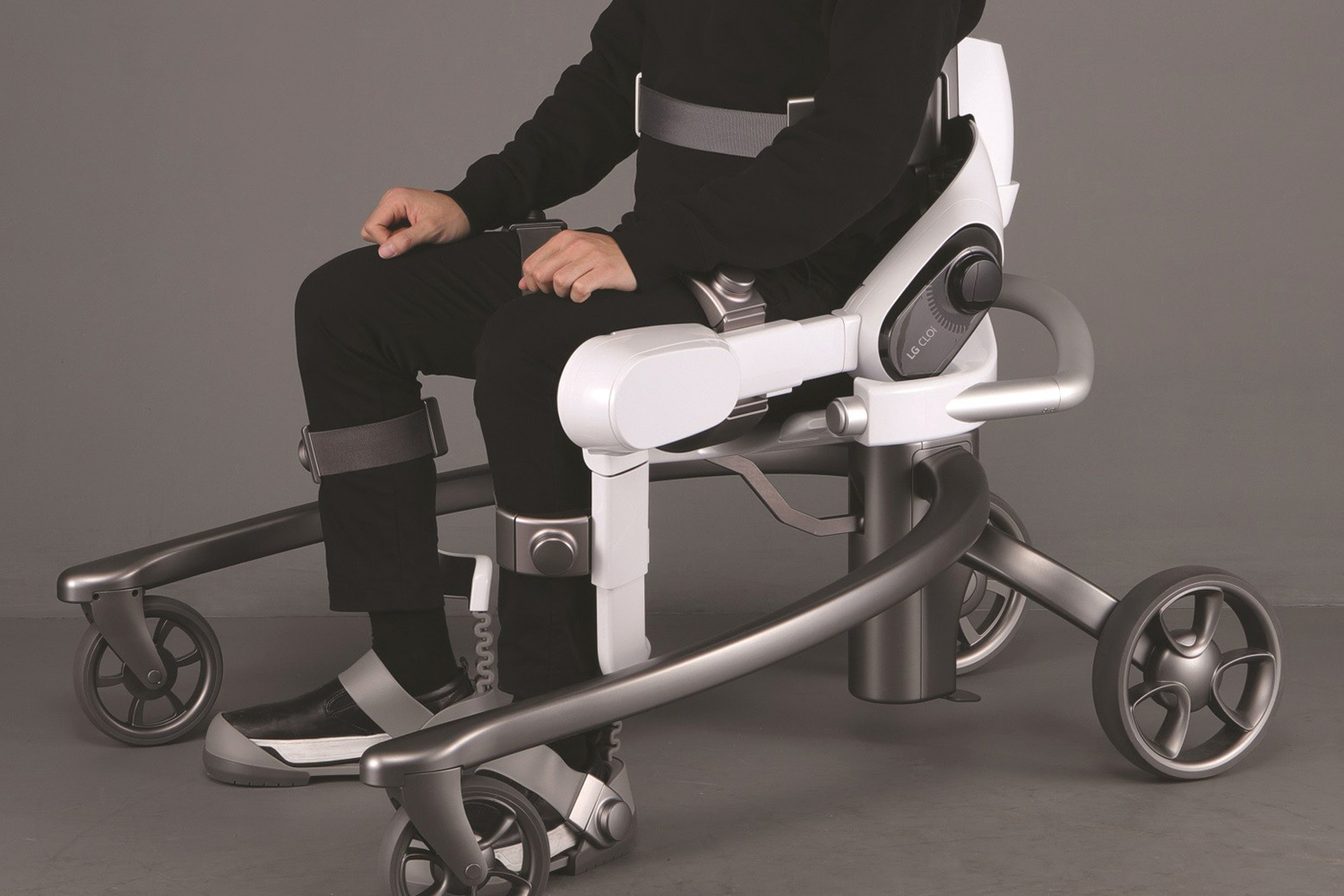LG may be best known to many readers as a top-tier Android smartphone maker, but the South Korean company has its fingers in plenty of other pies, too. One of those more surprising-but-exciting pies involves the creation of a new artificial intelligence-powered robot exosuits, set to be shown off at IFA 2018 in Berlin.
Called Cloi SuitBot, the lower body robotic exosuit is designed to enhance wearers’ leg movements to aid with activities such as warehouse workers lifting heavy objects. It was created in association with the startup SG Robotics.
“It is just one example of a wide range of revolutionary A.I. products designed to interact with users to dramatically elevate user convenience and create new opportunities to advance our robotics initiative into a next-gen growth engine,” Song Dae-hyun, president of LG’s Home Appliance and Air Solution Company, said in a statement.
The use of artificial intelligence will help SuitBot to customize the experience it offers by learning individual wearer’s respective weaknesses and then giving them the literal leg-up they need to achieve their goal. It will also use this knowledge to optimize power consumption and conserve battery life where possible.
This isn’t the first time that we’ve covered assistive robots such as this. Here in 2018, everyone from Harvard University researchers to Ford employees to DARPA is seemingly either using or developing their own exosuits. While LG isn’t the first to market, its entrance as a major player in this field does demonstrate how much confidence there is that this type of smart equipment can be mass-market technology. According to LG, one thing that will help SuitBot stand out compared to its rivals is its ease of use. Specifically, it notes that its sandal-style shoes and easy adjustment features will make getting into and out of the suit easier.
Earlier this year, LG announced a related line of three new commercial robots at CES 2018. Eventually, the hope is that all of these Cloi devices will connect together into some kind of “smart working network” for use in a variety of industries.
As of yet, no price or launch date has been announced for SuitBot. We can’t imagine it’ll be cheap, though. Maybe it’s best to start saving now!





